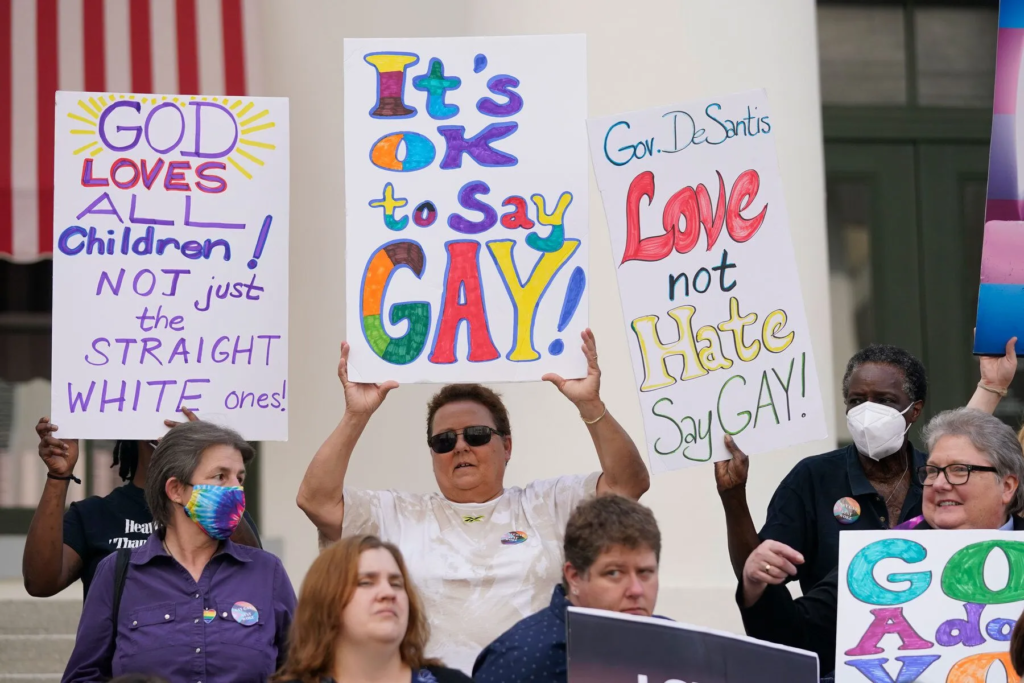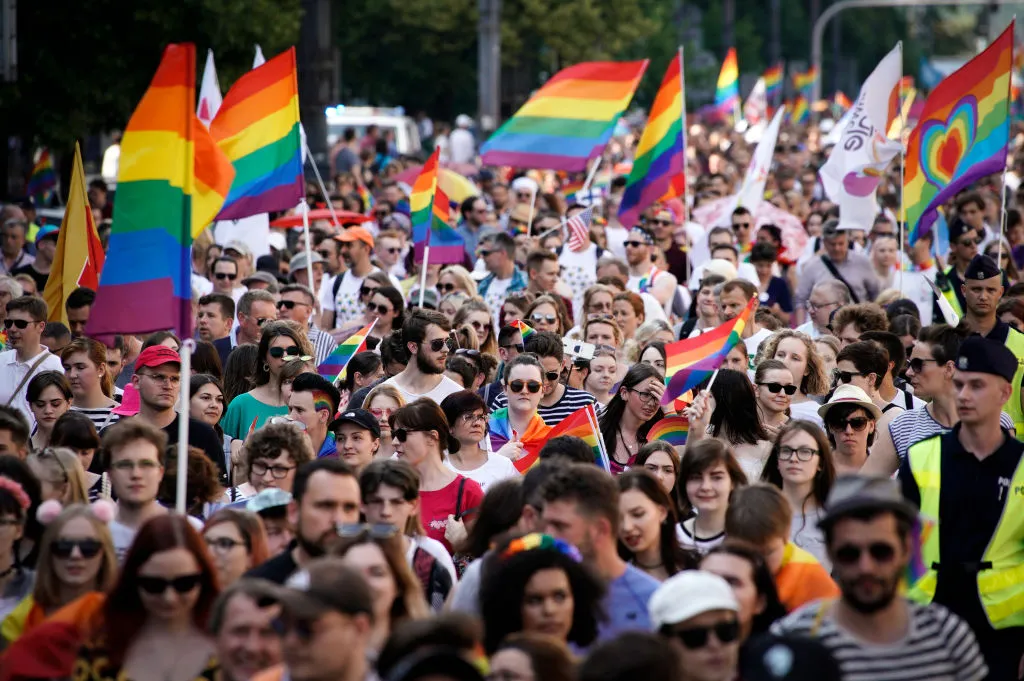LGBTQ+ rights progress in the United States has come a long way. From being criminalized to gaining legal rights and wider acceptance, the community has seen both victories and setbacks. Over the past few decades, laws have changed, people have spoken up, and society has started to shift. But challenges still remain.
This article looks at where things started, where they are now, and what’s still needed for true equality.
What Does LGBTQ+ Rights Progress Mean?
LGBTQ+ rights progress means making life better, safer, and fairer for people who are lesbian, gay, bisexual, transgender, queer, or part of the wider LGBTQ+ community. This includes:
- Legal protections from discrimination
- The right to marry, adopt, and form families
- Access to healthcare and education
- Being treated fairly at work and in public
- Being accepted and respected in everyday life
Progress means both changing laws and changing attitudes.

Major Legal Wins Over the Years
The legal landscape for LGBTQ+ rights in the U.S. has changed dramatically over the past few decades. Here are some of the most important moments.
Decriminalizing Same-Sex Relationships
In the past, many states had laws that made same-sex relationships illegal. That changed in 2003, when the U.S. Supreme Court ruled in a case called Lawrence v. Texas that such laws were unconstitutional. This was a major step forward, as it ended the idea that being gay could be a crime.
Marriage Equality Becomes Law
For years, same-sex couples were denied the right to marry. But in 2015, the Supreme Court ruled in Obergefell v. Hodges that marriage is a right for everyone, no matter their gender. This decision made same-sex marriage legal in all 50 states. It gave LGBTQ+ couples the same legal rights as others when it came to taxes, inheritance, healthcare, and adoption.
Protection in the Workplace
Another big win came in 2020. The Supreme Court ruled that under Title VII of the Civil Rights Act, it is illegal to fire someone just because they are gay or transgender. This decision gave millions of LGBTQ+ workers legal protection from discrimination at work.
Better Recognition of Transgender Rights
More states now allow transgender people to change the gender on their IDs and birth certificates. Some health policies now also include gender-affirming care, though this still depends on where you live. While not perfect, the recognition of transgender people’s rights has improved in some important ways.
Ongoing Challenges and Setbacks
Despite all the progress, the fight is far from over. Many people in the LGBTQ+ community still face legal and social challenges.
Unequal Protections Across States
Federal rulings protect some rights, but many laws still depend on where you live. Some states have strong protections, while others do not. For example, in many states, it is still legal to deny LGBTQ+ people housing, refuse to serve them in public places, or block them from adopting children.
Attacks on Transgender Rights
Over the past few years, some states have passed laws that target transgender people, especially youth. These laws may block access to gender-affirming healthcare, ban participation in sports, or limit which bathroom someone can use. These rules can deeply affect transgender kids’ health, education, and well-being.
Hate Crimes and Violence
Violence against LGBTQ+ people, especially transgender women of color, remains a serious issue. Hate crimes are still happening, and not all are reported or investigated properly. Many LGBTQ+ people feel unsafe in their own communities.
Health and Mental Health Gaps
LGBTQ+ individuals are more likely to experience mental health struggles such as anxiety, depression, or suicidal thoughts—often because of discrimination or rejection. Access to friendly and informed healthcare providers can also be difficult, especially in rural areas or places with fewer resources.
Social and Family Rejection
Many LGBTQ+ people, especially teens, face rejection from their families or communities. This can lead to homelessness, poverty, or dropping out of school. Progress in laws doesn’t always mean acceptance at home or in schools.
Cultural Change and Social Acceptance
Legal rights are important, but real progress also depends on cultural change. In the last few decades, society has become more open and accepting in many ways.
Media Representation
More TV shows, movies, and books now include LGBTQ+ characters and stories. This helps people better understand the LGBTQ+ experience and see it as a normal part of life.
Youth and Education
Many schools are beginning to include LGBTQ+ history or create safe spaces for LGBTQ+ students. Still, not all schools are supportive. In some areas, schools face pressure to remove LGBTQ+ content or stop teachers from discussing these topics.
Supportive Workplaces
More companies now include LGBTQ+ protections in their policies. They offer healthcare benefits to same-sex partners and create inclusive environments for their employees. However, smaller businesses or those in less accepting states may still lag behind.

What Needs to Happen Next
Even with all the progress, there’s still a long way to go. Here are some areas where change is still needed.
Stronger National Protections
The U.S. still lacks a national law that clearly protects LGBTQ+ people in all areas—such as housing, public services, credit, and education. The Equality Act, a bill that would fill these gaps, has not yet passed Congress.
Better Healthcare Access
All LGBTQ+ people should be able to get care that respects their identity and meets their needs. This includes physical and mental health services, gender-affirming care, and HIV treatment and prevention.
Ending Violence and Discrimination
There must be stronger efforts to stop hate crimes, protect transgender people, and educate law enforcement and public officials. Everyone should feel safe in their own neighborhood, school, or workplace.
Focus on Youth and Mental Health
Young LGBTQ+ people need more support. Schools should offer mental health services, safe spaces, and inclusive education. Families and communities need tools to help support their LGBTQ+ children.
Respecting All Identities
Progress should include all members of the LGBTQ+ community—regardless of race, income, disability, or immigration status. Often, people with multiple identities face greater challenges and need targeted support.
Looking Ahead
The story of LGBTQ+ rights progress in the United States is not finished. Each year brings new victories and new battles. Social attitudes are shifting, especially among younger generations, who tend to be more open and accepting. But political divides, misinformation, and fear still fuel discrimination.
True equality will only be possible when both laws and minds have changed—when LGBTQ+ people can live freely, safely, and proudly in every corner of the country.
Final Thoughts
LGBTQ+ rights progress in the United States has brought hope, dignity, and freedom to millions. It has allowed people to marry the person they love, live openly, and enjoy rights others have long taken for granted. But progress is not the same for everyone, and it’s not guaranteed to last.
Now is the time to keep moving forward. By listening, learning, voting, and supporting each other, everyone can play a part in creating a more equal and kind society for all.
Do Follow USA Glory On Instagram
Read Next – Racial Inequality in the U.S.: The Ongoing Fight for Social Justice






